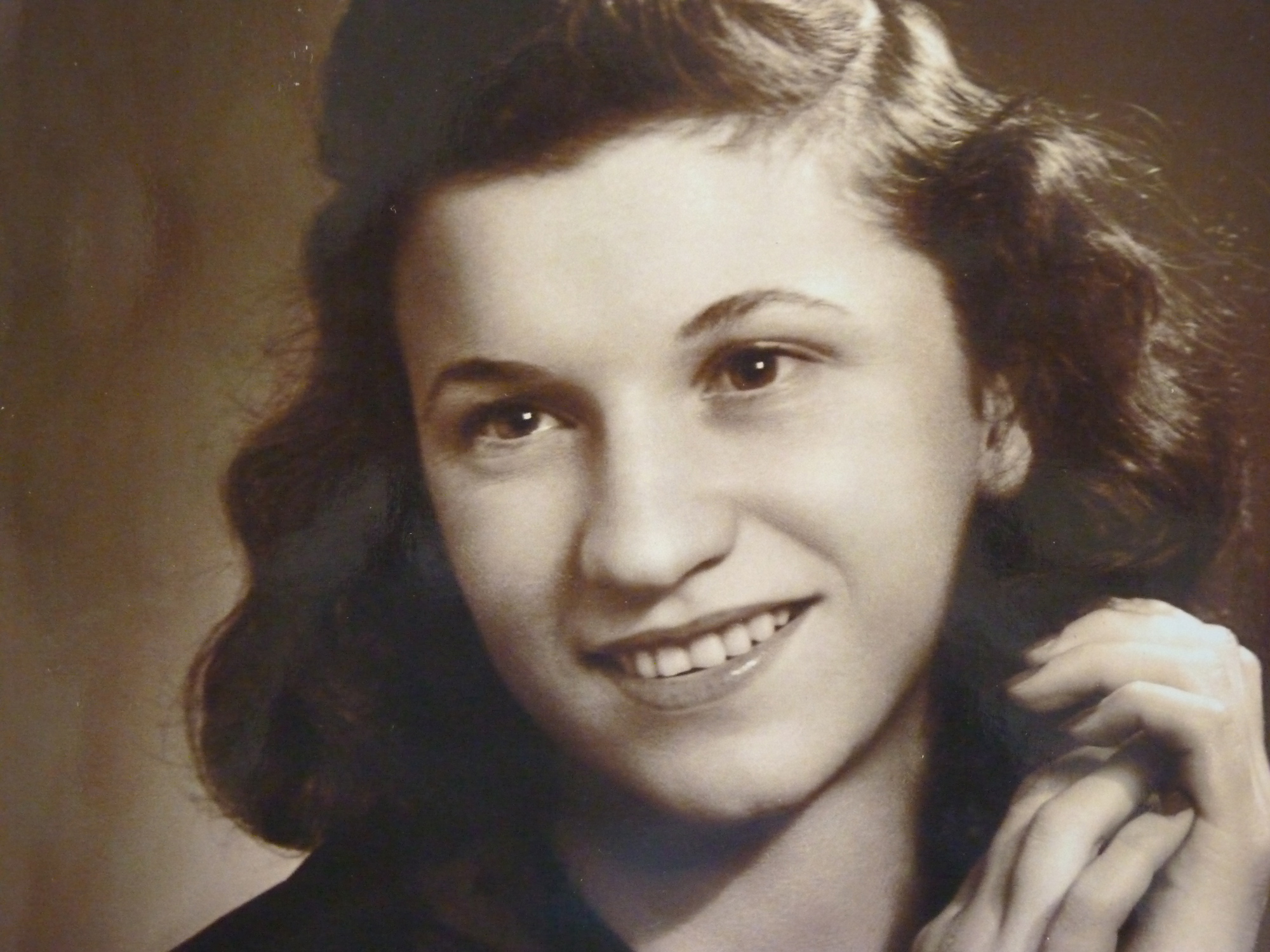By Judith van Berkom –
Remember the Cummings’ toll bridge connecting Ottawa and Vanier, the streetcar from Britannia to downtown Ottawa, or five-cent milkshakes at Freimans on Rideau Street? Westboro’s Sylvia Bodovsky Kershman brings these and other memories of pre-and post-war Ottawa to life in her book, Life Lines and Other Lines, to be launched June 26.
At age 90, this is her first book, but she’s written most of her life – pursuing a life-long interest in drama and radio, she interviewed people for RA on the Air broadcasts post-war, wrote scripts and went on air on radio station CKCO.

Life Lines and Other Lines, presents a view of Ottawa, in particular, Lower Town, where she was born in 1926, raised, married and lived until 1964. Married to Harold Kershman in 1948, they bought their first home on Roosevelt Avenue in Westboro in 1964.
But the story she tells goes back much further than that, to her parents who lived in the Pale of Settlement, established in 1791 to limit the area of Russia where Jews could live. Mandatory military conscription and the recurring terror of pogroms caused Wolf Bodovsky, Sylvia’s father, to flee Russia in 1913, followed by his wife, Kele, and their first child, Annie, five years later. Their arduous and difficult journeys are outlined in detail in her book.
The immigration of the Irish navvies, labourers who worked on the Rideau Canal, the French-Canadian lumberman and Jews from Eastern Europe largely made up the community in Lower Town and the Byward Market in the 1920s where the Bodovskys settled. Ottawa was a small town then, extending from the Cummings Bridge in the east to Island Park in the west, north to the river and south to Carling Avenue. Westboro was out in the country; Baseline and Merivale country roads.
“We knew all of these people – our French neighbours, our Jewish neighbours,” Sylvia explains, adding that “they knew what we did and we knew what they did.” Her father was a butcher.
Life Lines and Other Lines is a personal narrative seen from the eyes of a child and an adult.
“I’m no different than I ever was,” says Sylvia. “I rode the streetcars at age four. I didn’t have an adult to accompany me. My mother would let me go and she would verify a half hour later if I’d arrived where I was going. I had loving parents. I was given freedom and responsibility.”
Sylvia describes vividly how life in the Jewish community functioned in Lower Town. Her view of marriage, romance and love, family life and growth in Ottawa after WW2 is conveyed with a great deal of interest and care.
“I had the best time for living that was possible without the outside forces making you fearful. Everything got better after WW2 and continued for 50 years,” she explains.
Sylvia and her husband, Harry Kershman, started Bonnie Cleaners Limited, a dry-cleaning business in the east end of Ottawa on Main Street in 1955, later moving to Merivale Road.
“I was supposed to stay home with the kids but it looked like it was better if I helped out,” she explains. They were fortunate to have Sylvia’s parents care for their two children and they ran their business for 30 years.
“We had our own view of what we wanted to accomplish and we did it,” says Sylvia.
Sylvia’s writing process began as she assembled artifacts over the years – her mother’s passport; the ‘Alien Tax Receipt’ issued in Japan to her mother as she made the arduous trip from Russia to Ottawa in 1918; old photographs of herself and family members; documentation on Carlsbad Springs where Sylvia and her family spent many a summer vacation, just to name a few.
These and other interesting nuggets of Ottawa’s past can be discovered at the launch of Sylvia’s book, Life Lines and Other Lines, at Ben Franklin Place at 101 Centerpointe Dr. on Sunday, June 26 from 2 p.m. to 4 p.m. If you miss the launch on June 26, copies of her book can be ordered through the Ottawa Jewish Historical Society and the Jewish Community Centre.
